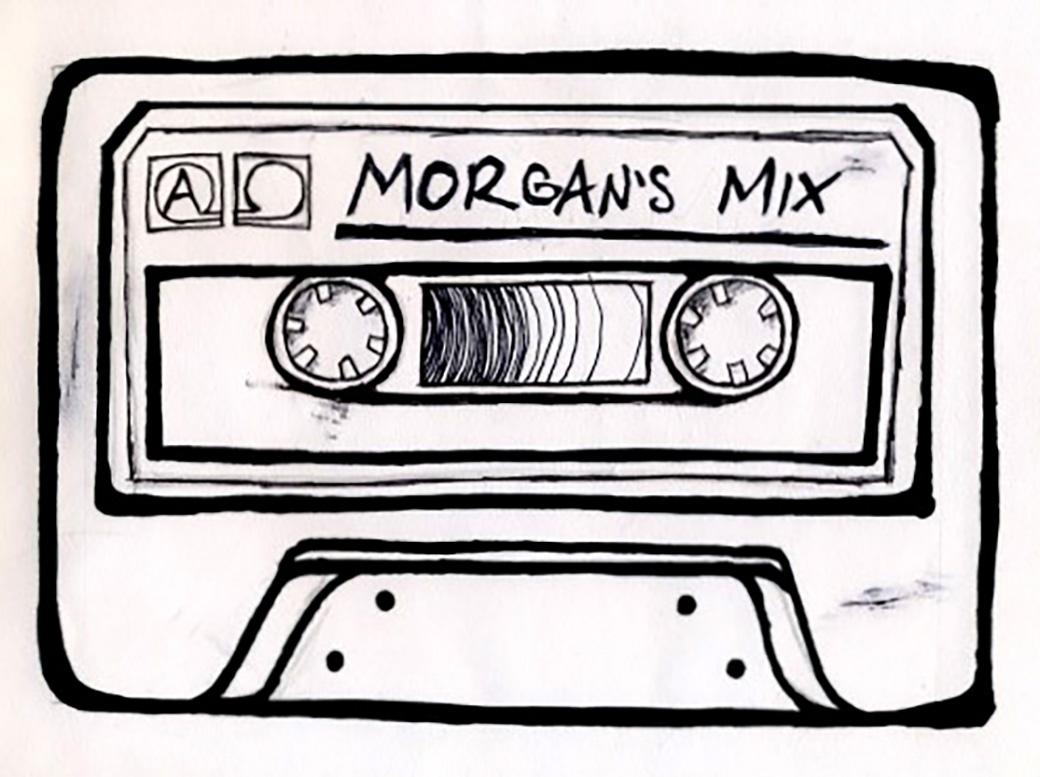
The art in film history: A passion for the classics
When I was a junior in high school there was a class offered called American Film History. In my mind, that meant an entire hour every day dedicated to watching movies, which was a lot better than an hour of Chemistry.
But what I didn’t know when I signed up for this class was that I was about to develop a hobby and a passion for film history.
In this blog, I hope to share my dedication to film history and why I believe film is a great way to learn about history, because they relate more than you might think.
The first movie we watched was “The Birth of a Nation” by D.W. Griffith. I will never forget this film because my teacher told us the historical secret society — the Ku Klux Klan — appeared in it and by the end of the film I would be cheering for them.
My reaction? No way! Why in the world would I ever support them and what they stood for?
The movie was made in 1915 and I’m sure you guessed it, it was also silent so we as students really had to pay attention.
I found it fascinating how Griffith, a southern director, was able to get away with so many racist comments and actions, but then I had to take a step back and think about when the film was made.
At this point in American history, African Americans were slaves and were not treated as equals to white men, especially in the south.
The film featured two white families living during the American Civil War and the depiction of African Americans, played by white men with dark makeup, as harsh and violent people.
It has been said this film was used as a recruitment tool for the vicious gang in real life.
Although the film came off as blatantly racist, Griffith still claimed he was not.
This film made me angry, as does any form of segregation, but I had to remind myself that I live in a completely different generation and was taught different values. With this is mind, I was able to appreciate the movie for its artistic rendition of the time period.
I’ve always asked myself why this film is rated 44 in the top 100 movies of all time if it sparked so much controversy.
Despite its controversial plot, the film had many technical and artistic advancements including a color sequence at the end.
The three-hour film was known as the first ‘blockbuster’ in film history due to its impressive $18 million opening. As an example for differing opinions it stirred, even President Woodrow Wilson wrote a review.
“It’s like writing history with lightning. And my only regret is that it is all terribly true,” Wilson said, to which Griffith responded in 1921 with an edited version excluding references to the KKK.
I cannot stress enough my disagreement and disgust for the plot. However, I am able to put my strong opinion aside to see how this film represents not only a key part in our country’s history, but the opinions of our people at that time.

